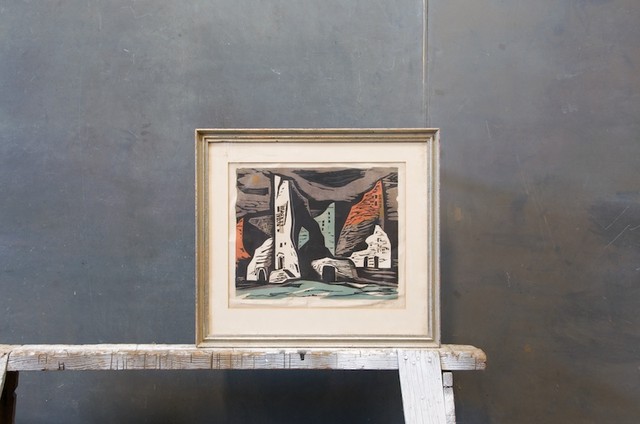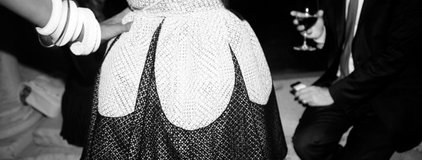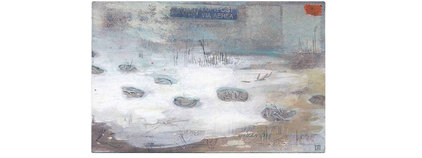Don't let a lack of knowledge or limited funds keep you from the joy of owning art. This guide will put you on the collector's path
Starting a collection of art that speaks to you is a worthy goal, but it may seem out of reach ... and more than a little confusing. Where do you begin? What is the difference between an original work, a limited-edition print and a poster? Where do you shop for art — especially if you don't have thousands of dollars to spend on a single piece? We will tackle these questions and more in this handy art-buying guide, including resources for collecting on a smaller budget.
Prints. A true print, while not one of a kind, is still an original work of art. The artist uses any one of a number of methods to create an original image on a surface like wood, rubber, stone or metal, applies color and then creates a print on paper.
Print types include engravings, lithographs, screen prints, aquatints, linocuts and woodblock prints. |
Where to Shop
The basics. There is nothing like seeing art firsthand, especially when you are still training your eye and learning about your taste. Student sales at art schools, auctions, antiques fairs and local galleries are all excellent places to start your search. Use your own judgment and don't ever feel pressured to buy something. |








No comments:
Post a Comment